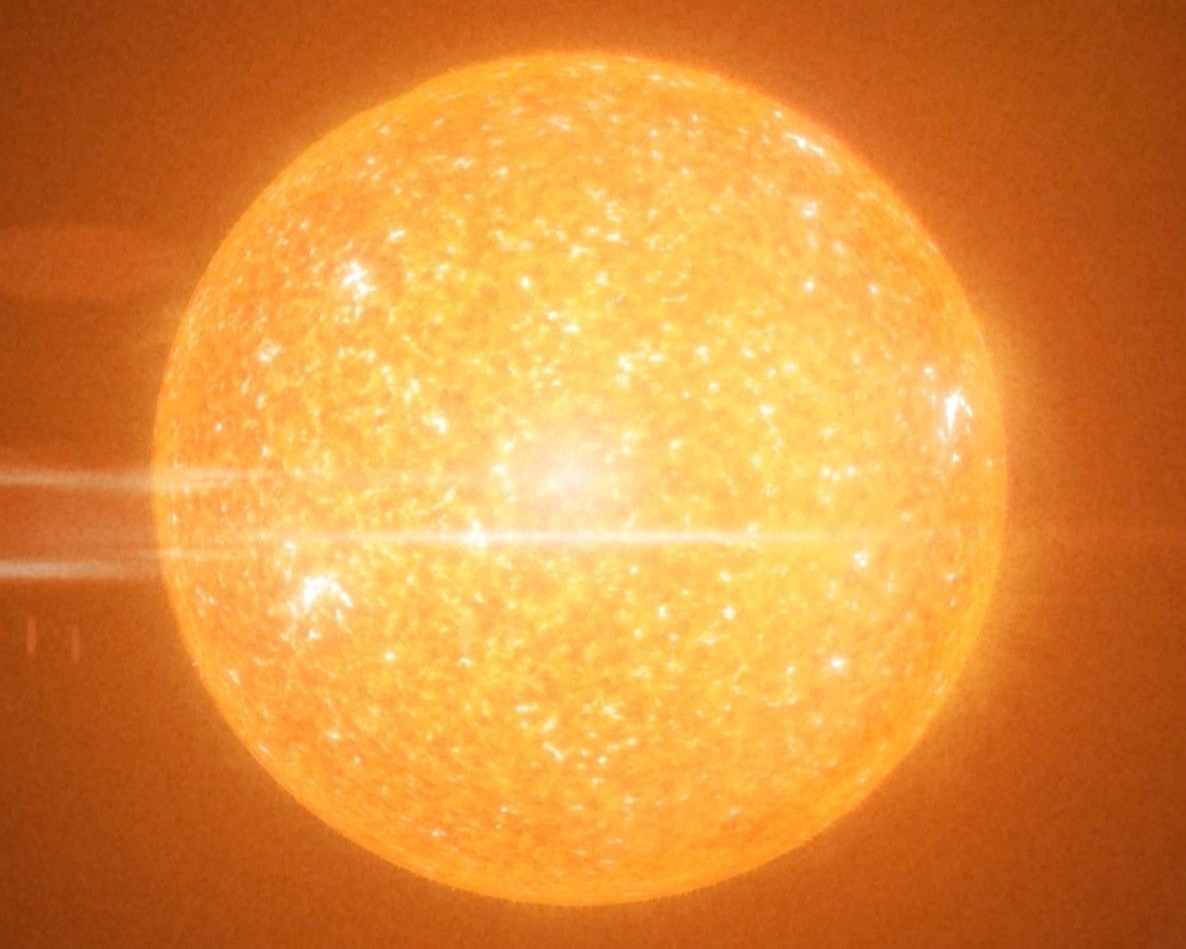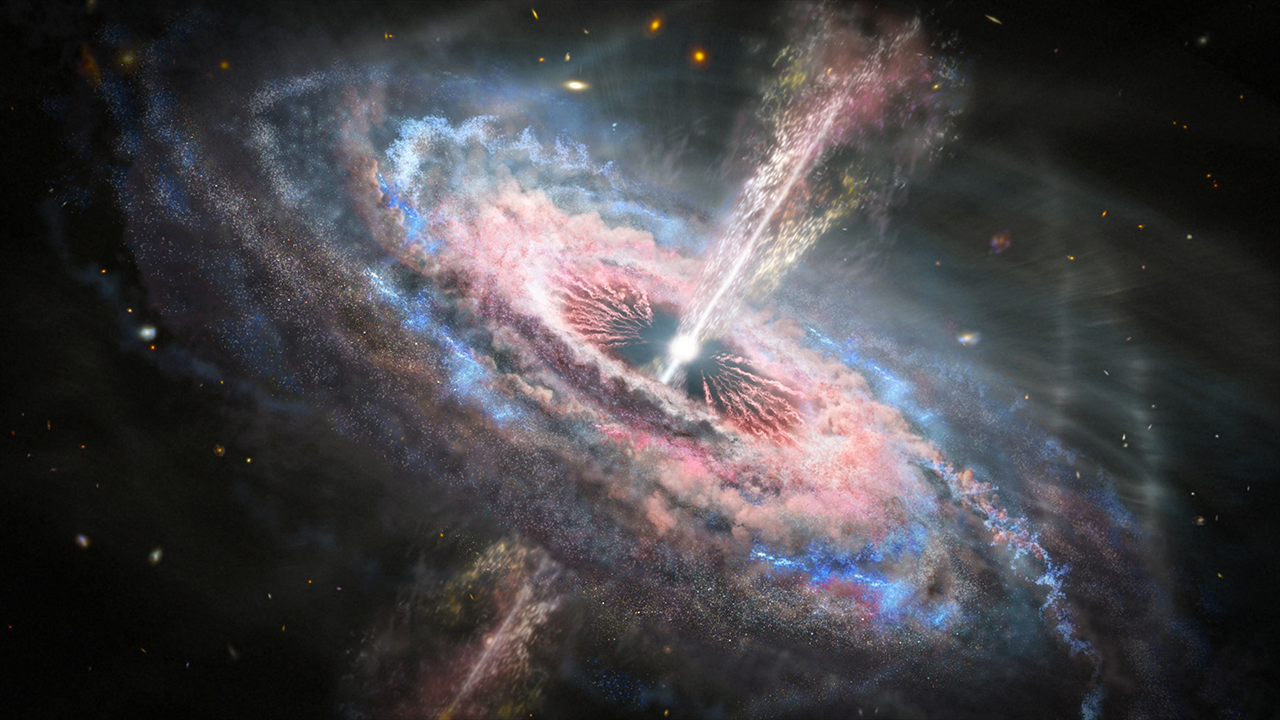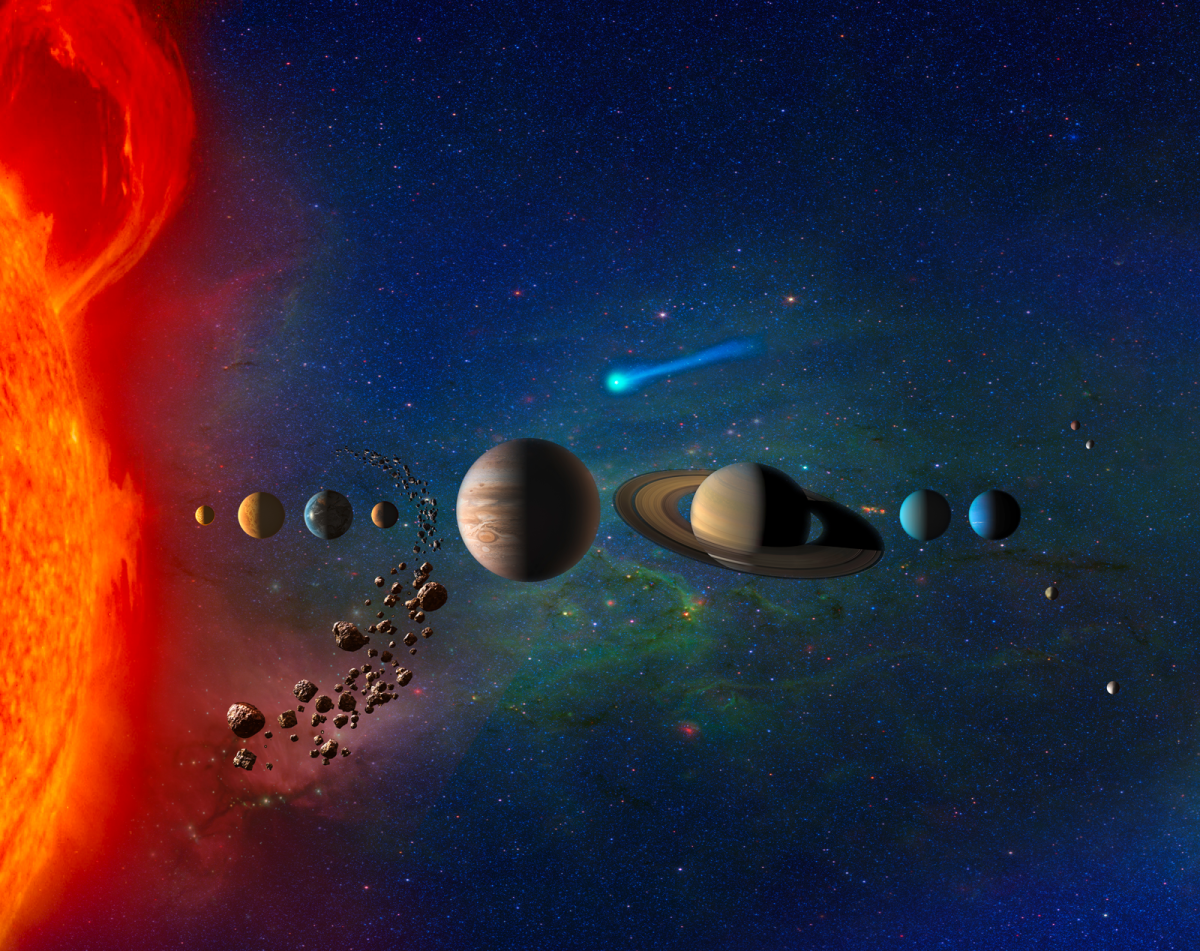The cosmos is truly magnificent, partly due to how massive it is. No matter how much we learn about space, there are always new incredible things to discover, each more amazing than the last. If you’re looking to impress your friends with some rare space facts, these gems will serve you well.
The Largest Known Star Is 2,150 Times the Size of Our Sun
Our Sun is huge, relative to us. It is big enough to still warm our faces even though Earth is 93 million miles away. Frankly, it’s difficult to truly envision just how massive our sun (Sol) is compared to Earth, being 1,287,000 times larger than it. The Earth’s diameter is only 7,918 miles, while the Sun’s diameter is 865,000 miles. The difference is absolutely massive, and yet, Sol is actually a pretty small star compared to many others in the universe.
The biggest star that astronomers are currently aware of is called Stephenson 2-DFK 1, more commonly called Stepenson 2-18. It’s a red supergiant in the Scutum constellation, approximately 18,900 light years away from Earth. Stephenson 2-18 is estimated to be around 2,150 times the size of our home star. That’s a diameter of 1,859,750,000 miles, a number so vast no human can really wrap their head around it.
Let me put it this way: If Stephenson 2-18 were placed in the same position as our Sun, its surface would be all the way out at the orbit of Saturn. This star is so large that it would take 9 hours to travel around its circumference even at the speed of light. In comparison, it would only take 14.5 seconds to do that for Sol. You could fit 10 billion Suns inside of Stephenson 2-18. It’s so large that scientists are considering calling it a red hypergiant instead of a supergiant.
Now, it’s worth acknowledging that we are observing this massive star from very far away—so far that our observations and measurements have a relative uncertainty of 50%. All of our estimates about the star are just that: estimates. It’s possible that Stephenson 2-18 isn’t quite as big as it is estimated to be, but it’s definitely still many orders of magnitude bigger than our Sun, and there are plenty of other stars thousands of times bigger than us too, such as WOH G64 and UY Scuti.
The Brightest Object in the Known Universe is Caused by a Massive Black Hole
When you think of bright things in space, you probably don’t imagine a black hole. After all, black holes absorb light due to their intense gravitational pulls, which is why we perceive them as pure black in the first place. Well, it’s actually a little more complicated than that. Yes, there is a certain point where the gravitational pull of a black hole is so strong that light is not fast enough to escape it, and thus we can never see that light. But in a roundabout way, black holes generate light too.
12 billion light years away from us is a supermassive black hole called J059-4351. It has approximately 17 billion times the mass of our sun, and it rests at the center of a whole galaxy full of matter. The gravitational pull of J059-4351 is so incredible that it is estimated to consume a mass equivalent to our Sun every single day. Needless to say, that is a lot of matter.
When this matter, be it gas, rocks, or even errant molecules, gets close to the event horizon of J059-4351, it is accelerated almost to the speed of light and experiences an incredible amount of friction. That fiction produces several types of energy, including both radio waves and visible light. It is the same reason a meteor burning up as it enters the Earth’s atmosphere glows. The light released by this process is what makes a black hole’s accretion disk so bright, and why you can see a bunch of light around black holes.
J059-4351 is so massive and pulling in so much matter at near light speed that the light given off by that whole process is 500 trillion times brighter than the Sun. I don’t have a fun metaphor to make that one imaginable: just know that one trillion has 12 zeroes, and we’re talking 500 times that much.
It might be hard to fathom that the brightest object in the known galaxy is just the result of a bunch of matter being pulled into a giant black hole really fast. But 40% of the mass engaged in this process is converted into energy, which is one of the most efficient natural processes in the universe. In comparison, the nuclear fusion that goes on in our Sun only converts less than 1% of the matter it’s using as fuel into energy. It’s truly incredible.
Most of Our Solar System’s Mass Lies Within the Sun
To mere humans like us, the Earth seems enormous. It would take forever to walk its circumference. You could dig straight down for miles and not reach the core. The planet itself weighs several billion trillion pounds. And yet, it’s dwarfed by other planets like Jupiter and Saturn. Now our solar system is not that diverse: it has some planets, some moons and asteroids floating around, and, of course, the Sun.
Even so, you might be surprised to learn that 98.86% of all mass in our solar system is part of the Sun alone. Every single other object in our solar system, every other planet, moon, and floating rock, accounts for just that remaining 1.14% of mass. Even then, Earth is a tiny fraction of that remaining mass, as Jupiter alone is 2.5 times more massive than all other planets in our solar system combined. The Earth only accounts for about 0.1% of our solar system’s mass.
It really drives home how unbelievably massive space truly is. Even if we combined every other planet in the solar system, Jupiter is more than twice the mass of them all. Yet the Sun has almost a hundred times more mass than that, and there are stars out there that make our own look like nothing more than a speck.
Space is enormous, and full of incredible things. The stuff we talked about today mostly had to do with the sheer size of objects in space, but there are plenty of things out there even more mind-boggling than that. We’ll probably never discover everything there is to learn about the cosmos, but each new discovery is another amazing revelation. What mind-blowing space facts do you know?







